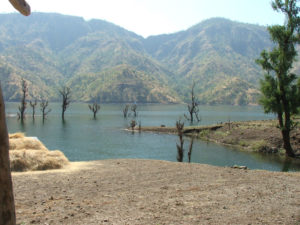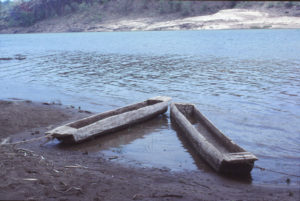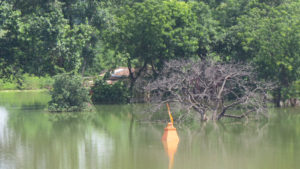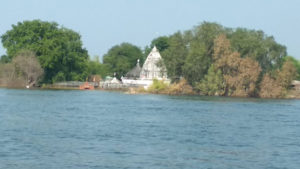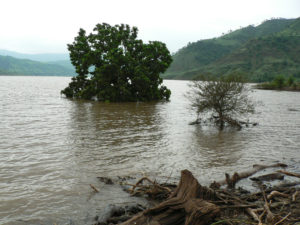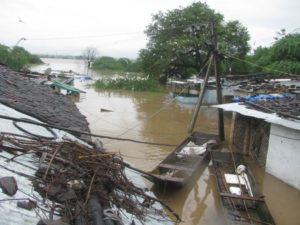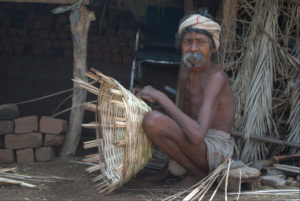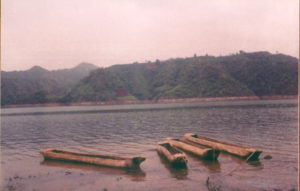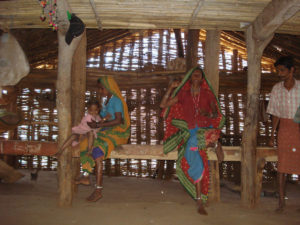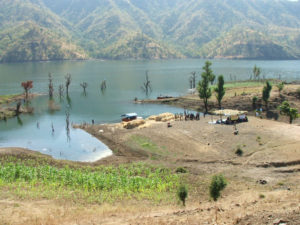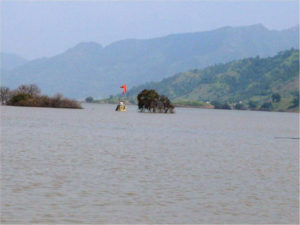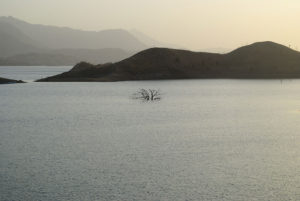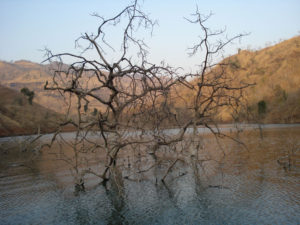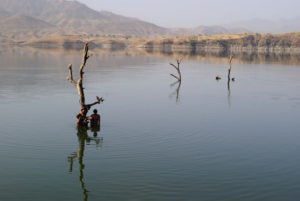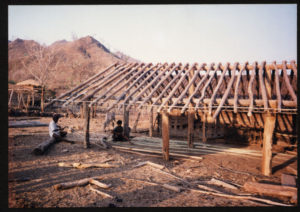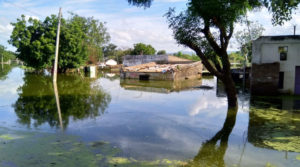Environmental impacts of the Sardar Sarovar Project (SSP) are devastating. Over 13,000 hectares of forest has been submerged by this one dam alone. About the environment impacts of SSP, the Independent Review Committee of the World Bank said the following in its concluding remarks of its report of 1992:
In 1987, India’s environment clearance for the projects was given, despite the fact that the information required prior to the Projects’ clearance was unavailable. In order to overcome this deficiency, studies were to be conducted pari passu with construction. The clearance was conditional on completion of these basic studies by 1989. Most remain to be completed…
Page- (352)
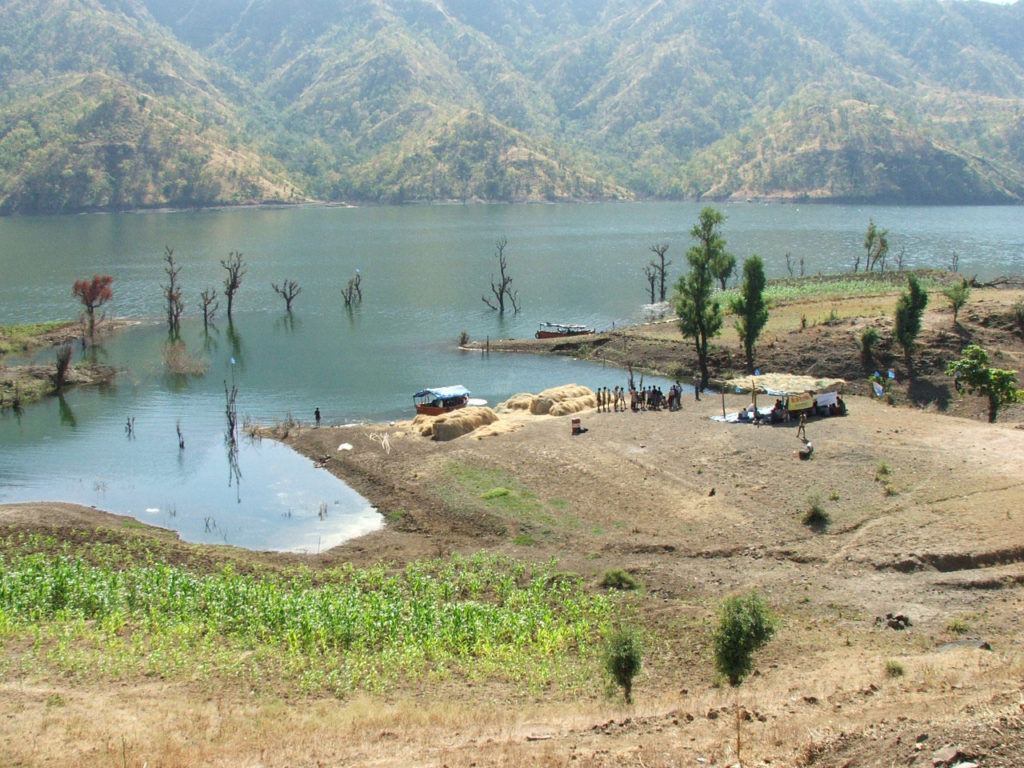
Even till date as this is being written (July 2020), the studies concerning the impacts on the following by the SSP have not been done or completed:
Flora and Fauna, Catchment Area, Command Area, Seismicity, Health impacts, Rehabilitation Master Plan, Fisheries.
While no government studies are available of the actual loss of the bio-diversity, flora and fauna, number of trees, etc due to submergence by the SSP, an indicative and a sample survey by the Narmada Bachao Andolan in the year 2016-17, found that in eight submergence villages of Dhar District alone, 29335 trees were counted. One of these eight villages is a tribal village and partially forested and the remaining seven are in the plains of Nimad in Madhya Pradesh.
As the trees/forests in the submergence area of SSP have been felled or have gone under water, it becomes important to know the kind of trees that were there in this region. This is necessary as these were not mono-culture tree plantations but local species that had grown naturally over time and were rich in diversity. Besides, each tree, its wood, leaves and fruits were used for specific and distinct purposes. For example, the flowers of Mahuda/ Mahua tree (Madhuca longifolia) were used to make alcohol where as its seeds to make cooking oil.
Similarly some trees were used as building material for houses and boats as the wood of such trees is termite resistant and water proof. Some wood was used to make agricultural implements like ploughs as it is hardy. Some tree wood was used as fire wood only or was specifically used to light a Mashal / torch as it has the property to burn evenly and throw more light. The leaves of Tendu tree were used to roll bidis. Some trees gave gum, colour, fruits, etc.
In a list of trees compiled by a senior activist, Late Kemat Gavle of Khedut Mazdoor Chetna Sangathan, 54 varieties of trees were recorded in the submergence villages of the tribal District of Alirajpur in Madhya Pradesh. This list is not an exhaustive list and there would be different verities of trees in the submergence areas in Maharashtra, Gujarat and in the plains of Madhya Pradesh. Names of trees will be added as more information will be received.
Photographs here are from different people, as acknowledged in the Support Network.
Trees in the Submergence villages of Sardar Sarovar Project
सरदार सरोवर की डूब में आने वाले पेड़
| क्रम No | स्थानीय नाम – Local Name | अंग्रेजी अनुवाद – Translation in English | क्रम No | स्थानीय नाम- Local Name | अंग्रेजी अनुवाद – Translation in English |
| 1. | बासुन | Basun | 28. | गिरवाली | Girawli |
| 2. | सागुन | Sagun | 29. | कस्तार | Kastar |
| 3. | बाबुल | Babul | 30. | रिंजू | Rinju |
| 4. | आंजन | Anjan | 31. | आव्वी | Avvi |
| 5. | पलाश | Palash | 32. | कड़ाई | Kadai |
| 6. | भूद | Bhud | 33. | चल्ली | Challi |
| 7. | गुलद | Gulad | 34. | सेगला | Segla |
| 8. | खयदा | Khayda | 35. | घट्बुर | Ghatbur |
| 9. | रेशकुल | Reshkul | 36. | कलम | Kalam |
| 10. | नीम | Neem | 37. | बॉस | Baans |
| 11. | मयना | Mayna | 38. | घडसागडु | Ghadsagdu |
| 12. | आमली | Amli | 39. | अजनी | Ajani |
| 13. | आम | Aam | 40. | आटवड़ीया | Atwadiya |
| 14. | बेदडा | Bedda | 41. | बिली | Bili |
| 15. | सालाय | Salay | 42. | उद्लू | Udalu |
| 16. | लुठी | Luthi | 43. | निंगवड़ीया | Nigwadiya |
| 17. | कतराल | Katral | 44. | गुच्ड़ी | Guchadi |
| 18. | धावठा | Dhavtha | 45. | सिवावा | Sivava |
| 19. | टेमुन | Temun | 46. | पिछाड़ी | Pichadi |
| 20. | संजवडा | Sanjwada | 47. | जामुन | Jamun |
| 21. | आली | Aali | 48. | अनाजीआमसुल | Anajiaamsul |
| 22. | मुड़ी | Mundi | 49. | मेहदी | Mehndi |
| 23. | ताड | Tad | 50. | गुलबहार | Gulbahar |
| 24. | सिंदी | Sindi | 51. | पिपूद | Pipud |
| 25. | सिसम | Seesam | 52. | अंगूद | Angud |
| 26. | सगली | Sagli | 53. | नारियल | Nariyel |
| 27. | कलाह | Kalah | 54. | महुआ | Mahua |
